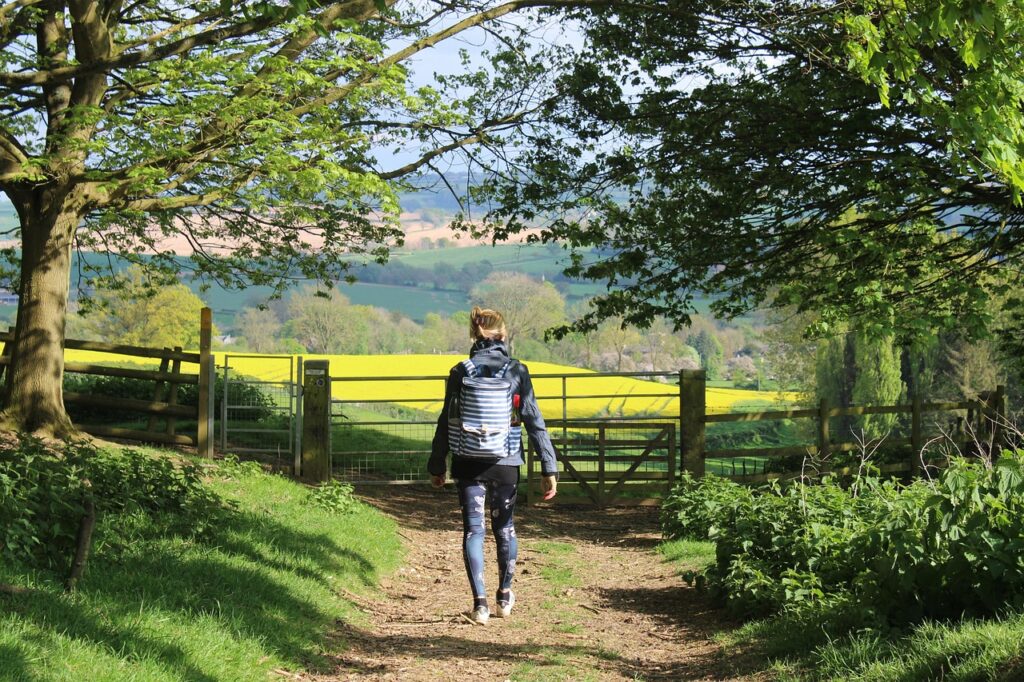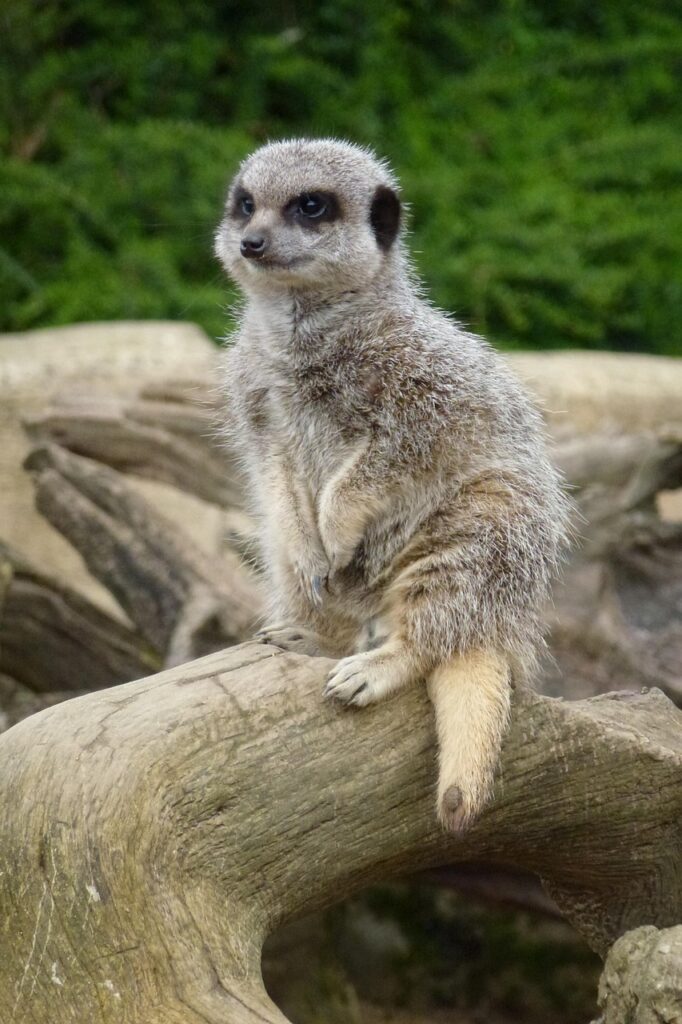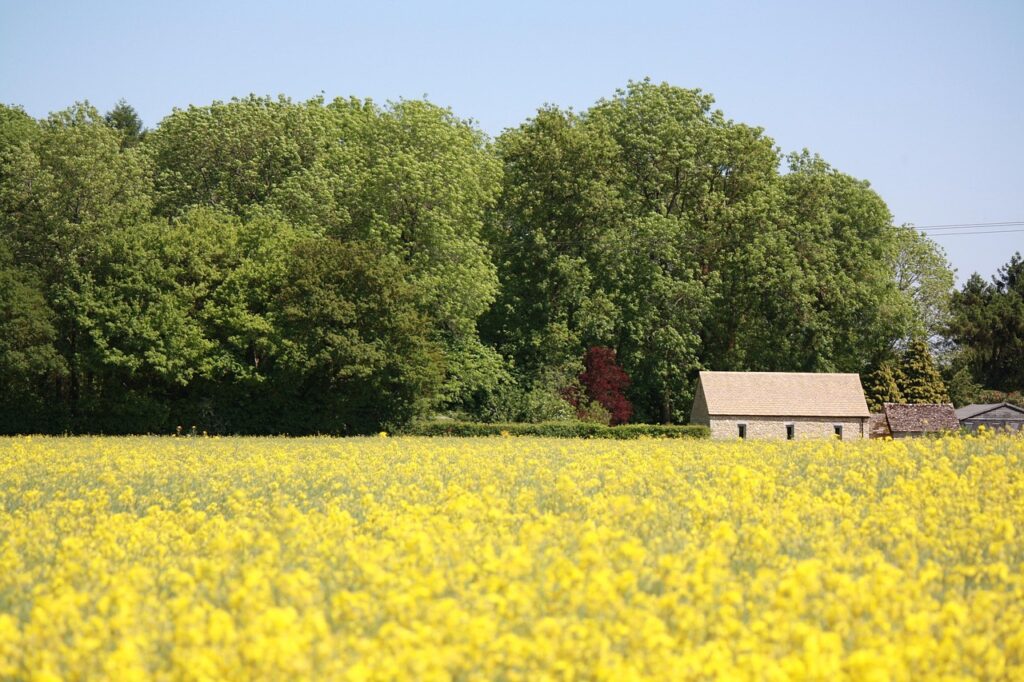Have you ever found yourself walking through a picturesque landscape and wondering about the flowers blooming all around? The Cotswolds, with its charming villages and rolling hills, is a region abundant in natural beauty, especially in its diverse flora.
An Overview of the Cotswolds
The Cotswolds is a designated Area of Outstanding Natural Beauty located in south-central England. It presents a patchwork of quaint villages, stone-built houses, and lush pastures, making it a perfect habitat for various flowering plants. The climate here is temperate, with sufficient rainfall and mild winters, creating an ideal environment for a myriad of flowers to flourish.
The Importance of Native Flowers
Before we discuss the specific flowers found in the Cotswolds, it’s essential to note the importance of native species. Native flowers are crucial for supporting local wildlife, especially pollinators like bees and butterflies. By planting and protecting these species, you contribute to the ecological balance and sustainability of the region.
Common Flowers Found in the Cotswolds
Let’s take a closer look at some of the most common flowers you might encounter while wandering through the Cotswolds.
Bluebell (Hyacinthoides non-scripta)
Bluebells create enchanting carpets of blue during springtime in the woodlands.
- Description: This perennial bulbous plant features drooping blue flowers that form clusters on slender stalks. The scent of bluebells is delightful, and they can cover entire forest floors, making for a stunning sight.
- Ideal Habitat: Bluebells thrive in ancient woodlands and shady areas, often appearing in March and April.
Cowslip (Primula veris)
Cowslips add bright splashes of yellow to the meadows.
- Description: This perennial wildflower boasts clusters of cup-shaped, yellow flowers that typically bloom in early spring. The plant has a long history of use in traditional remedies and is also known for its sweet scent.
- Ideal Habitat: Cowslips prefer grassy, open areas and can often be found in meadows and road verges.
Oxeye Daisy (Leucanthemum vulgare)
A quintessential wildflower, the oxeye daisy is a symbol of rural England.
- Description: This cheerful flower features broad white petals surrounding a yellow center, standing tall and proud in fields. The oxeye daisy is easy to identify and universally loved for its simplicity.
- Ideal Habitat: You will find oxeye daisies in a variety of habitats, including meadows, grasslands, and roadside verges, blooming from late spring to early autumn.
Cornflower (Centaurea cyanus)
Cornflowers add a pop of blue that can catch anyone’s eye.
- Description: Known for its striking blue color, the cornflower has a unique, thistle-like appearance. Historically, it was commonly found in cereal crops but is now more often seen in wildflower gardens and meadows.
- Ideal Habitat: Cornflowers thrive in poor, well-drained soils and are typically seen blooming from late spring to mid-summer.
Honey Suckle (Lonicera periclymenum)
The sweet scent of honeysuckle is a fragrant indicator of summer in the Cotswolds.
- Description: This climbing plant features tubular flowers that can be white, yellow, or pink, followed by red berries. It’s not just beautiful, but its nectar is a favorite for various pollinators.
- Ideal Habitat: Honeysuckle thrives in hedgerows, woodland edges, and gardens, flowering from late spring to early autumn.
Marsh Marigold (Caltha palustris)
If you’re near a water source, you might see the marsh marigold lighting up the wetland.
- Description: This pristine yellow flower resembles buttercups and typically grows in clumps. It adds a bright touch to damp, marshy areas.
- Ideal Habitat: True to its name, the marsh marigold loves wet, marshy ground and often blooms in early spring.
Snowdrop (Galanthus nivalis)
As one of the first flowers to bloom, snowdrops signify the impending arrival of spring.
- Description: These delicate white flowers often poke through the last remnants of winter snow. Their unique shape and early blooming time make them a beloved symbol of hope.
- Ideal Habitat: Snowdrops prefer wooded areas and can often be found in shady spots throughout the Cotswolds.

Seasonal Flowers of the Cotswolds
Different seasons bring varied colors and shapes to the Cotswolds floral canvas. Understanding the seasonal offerings can heighten your appreciation for the landscape.
Spring Blooms
As winter recedes, the Cotswolds begin to burst with colors.
- Flowers: Snowdrops, bluebells, and cowslips are among the first to appear. They create a lively display in woodlands and meadows.
- Best Viewing Time: Visit from March to May to see these delightful spring blooms in full glory.
Summer Blooms
Summer in the Cotswolds offers a rich tapestry of flowers.
- Flowers: Oxeye daisies, cornflowers, and honeysuckle dominate. The lush greenery serves as an excellent backdrop to their vibrant colors.
- Best Viewing Time: The peak of summer (June to August) is optimal for experiencing the region’s floral abundance.
Autumn Contrasts
As the seasons shift, you might witness the changing colors.
- Flowers: Autumn brings the fiery hues of late-blooming flowers like goldenrods and asters.
- Best Viewing Time: Visit from September to November as the flowers transition into their more muted tones.
Winter’s Quiet
While winter might seem to strip the landscape of blooms, some surprises remain.
- Flowers: Some winter-flowering plants like winter jasmine or hellebores can be spotted, adding interest to the otherwise dormant landscape.
- Best Viewing Time: The mid to late winter months can unveil these hardy little gems fighting for sunlight.
Cotswolds Gardens You Shouldn’t Miss
If you want to see these beautiful flowers up close, several gardens across the Cotswolds showcase stunning floral displays.
Hidcote Manor Garden
One of the most famous gardens in the Cotswolds, known for its rare plant varieties and breathtaking sections.
- What to Expect: The rich plant collections thrive here, from dazzling blues of cornflowers to the soft pastels of seasonal blooms.
- Best Time to Visit: Late spring and summer for optimal flower viewing.
Kiftsgate Court Garden
A hidden gem, Kiftsgate is renowned for its varied plant life and breathtaking borders.
- What to Expect: The garden’s unique atmosphere includes a mix of wildflowers and cultivated plants, creating a diverse ecosystem.
- Best Time to Visit: Spring and summer for the most vibrant flowers.
The Garden at Miserden
This serene garden has stunning views and a variety of flowers.
- What to Expect: A combination of native flowers and cultivated varieties, it’s a haven for those looking to enjoy a peaceful stroll.
- Best Time to Visit: Early summer is perfect to experience the blooms in their full glory.

How to Encourage Wildflowers in Your Own Garden
If you’re inspired to incorporate native flowers into your garden, you can create a more inviting space for both wildlife and yourself.
Selecting Native Species
Start by choosing flowers native to your locality. Here are some suggestions:
| Flower | Bloom Time | Ideal Conditions |
|---|---|---|
| Bluebell | March – April | Shady, damp woodlands |
| Cowslip | April | Grassy meadows |
| Oxeye Daisy | Late Spring – Autumn | Sunny, open areas |
Creating the Right Habitat
- Soil Preparation: Native flowers often thrive in poor soils. Tilling and improving drainage can encourage growth.
- Sunlight: Ensure that your selected flower bed receives the necessary sunlight, as many native plants love basking in the sun.
- Watering: While many native flowers are drought-resistant, regular watering during the establishment period is essential.
Maintenance Tips
- Weeding: Keep your wildflower area weed-free to give your flowers the best chance to thrive.
- Mulching: Applying a layer of mulch can suppress weed growth and retain moisture, benefiting your flowers.
Conservation of Cotswold Flora
Understanding the flowers of the Cotswolds is not just about appreciation; it’s also about conservation.
Threats to Native Flora
The region faces several challenges, including habitat loss, pollution, and climate change. These factors threaten the delicate balance of the ecosystem and can lead to the decline of native species.
How You Can Contribute
- Volunteer: Participate in local conservation programs aimed at preserving native plants and habitats.
- Promote Awareness: Share information about the native flora and raise awareness about the importance of biodiversity in the Cotswolds.
- Plant Native: If you garden, consider planting native species that benefit local wildlife and preserve the natural beauty of the region.

Conclusion
Next time you find yourself in the Cotswolds, take a moment to appreciate the beauty of the flowers surrounding you. From the gentle bluebells in spring to the vibrant oxeye daisies of summer, each flower contributes to the region’s charm. By understanding and fostering appreciation for these blooms, you can play a role in their conservation while enhancing your connection to this splendid part of England. Your experience of the Cotswolds will be all the richer for it.
